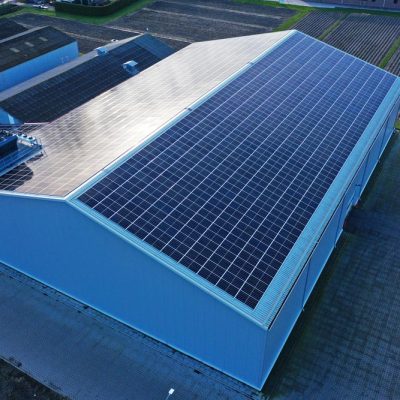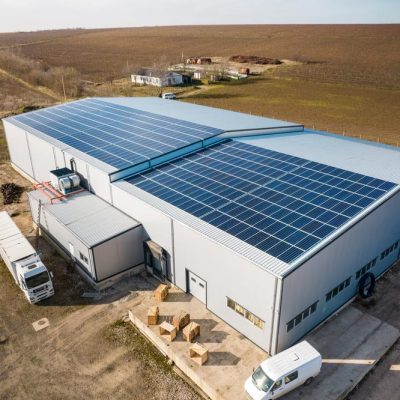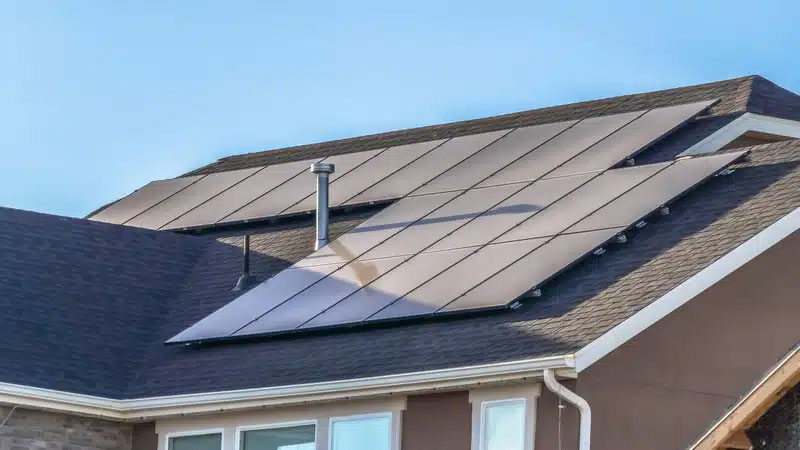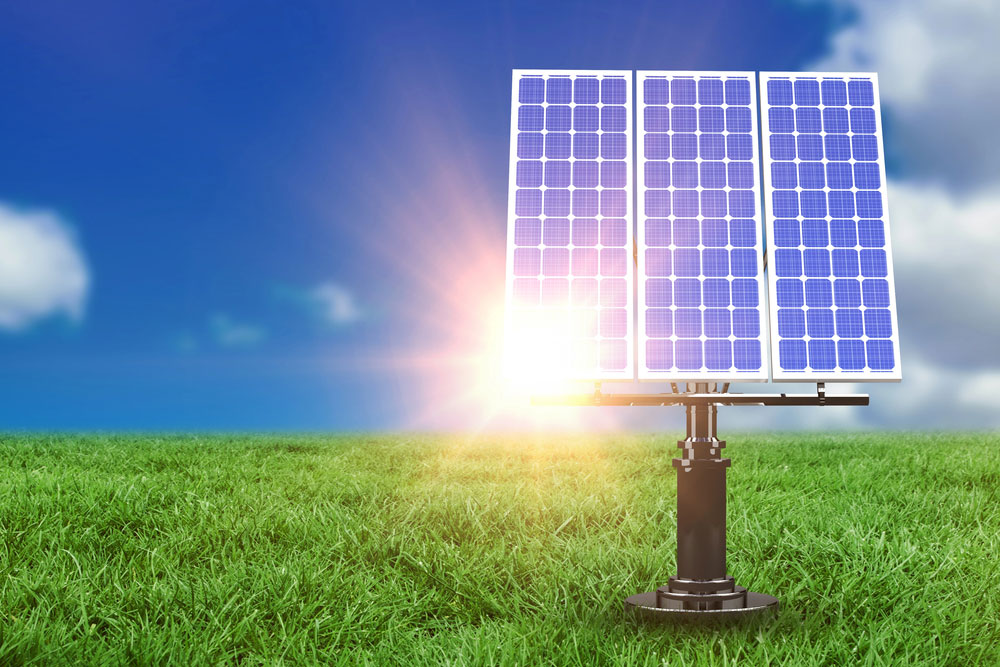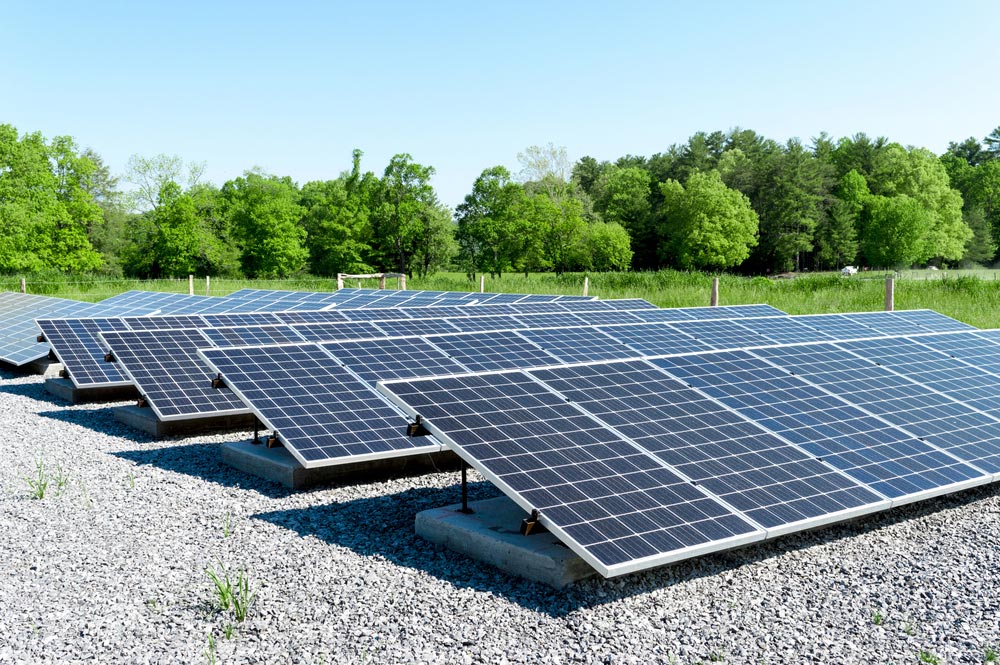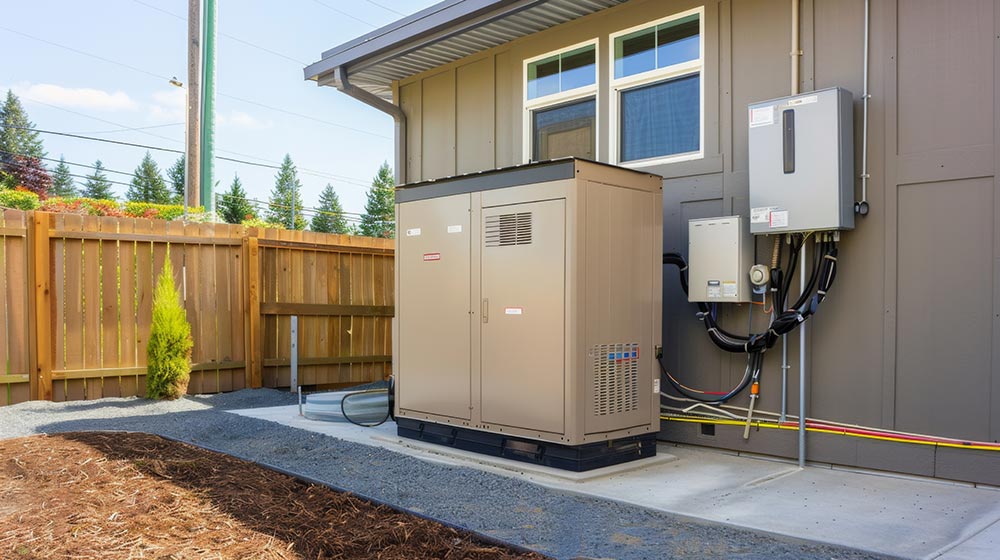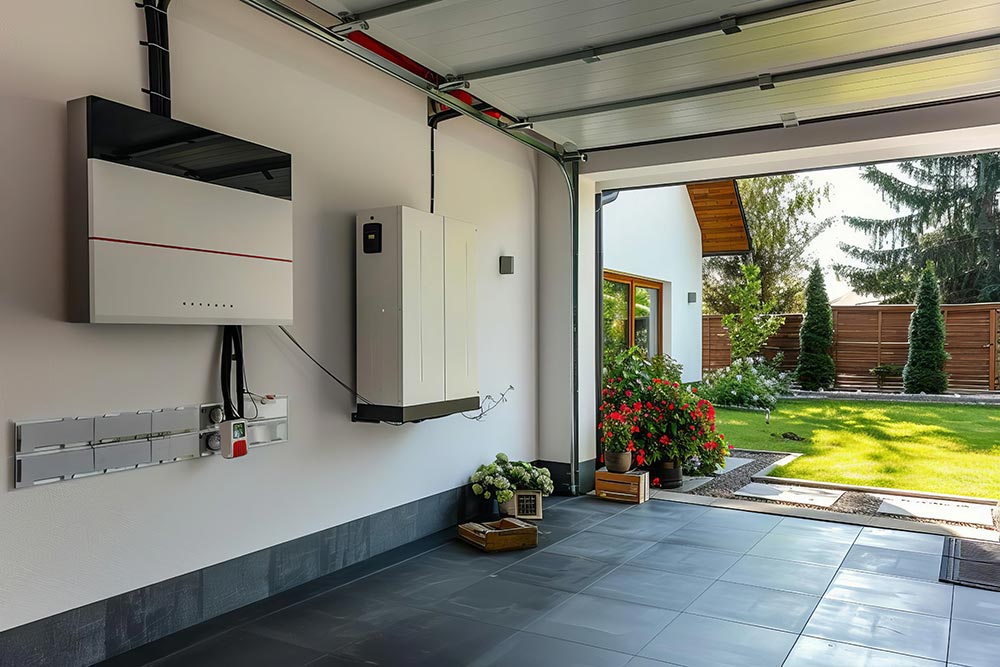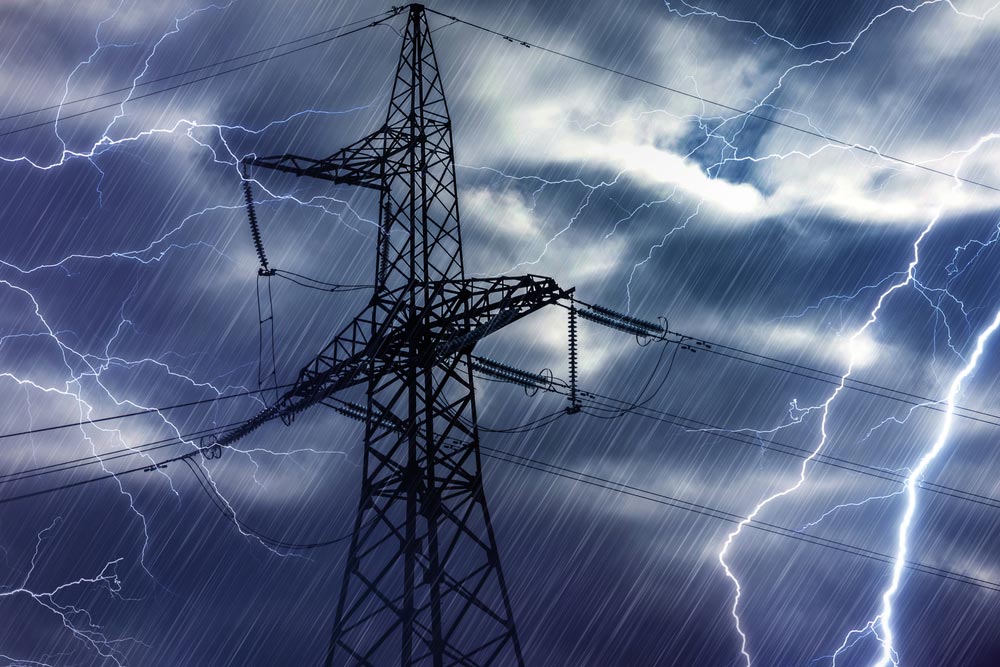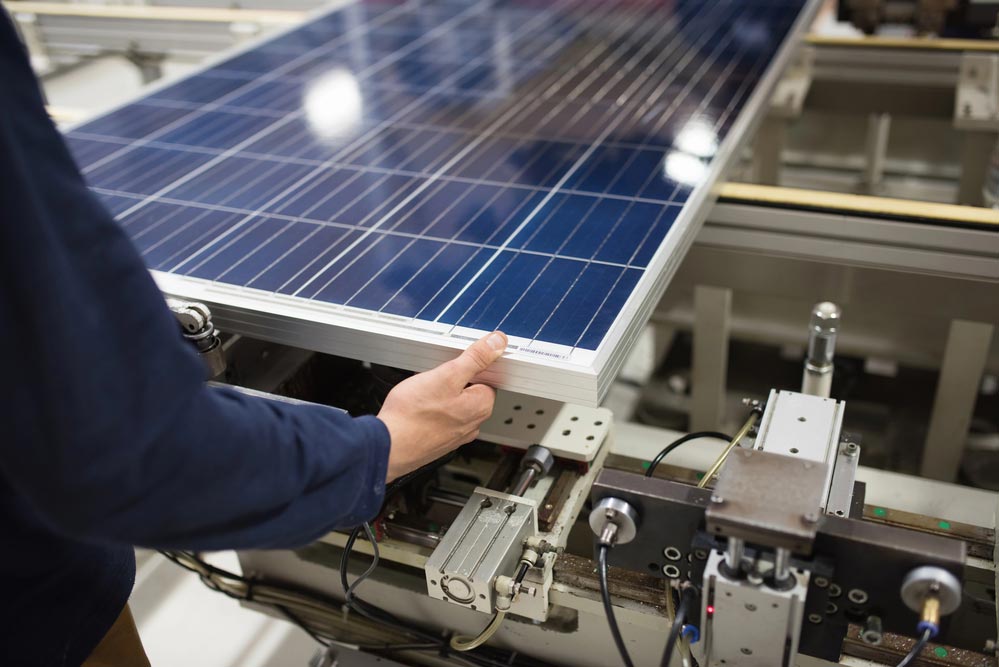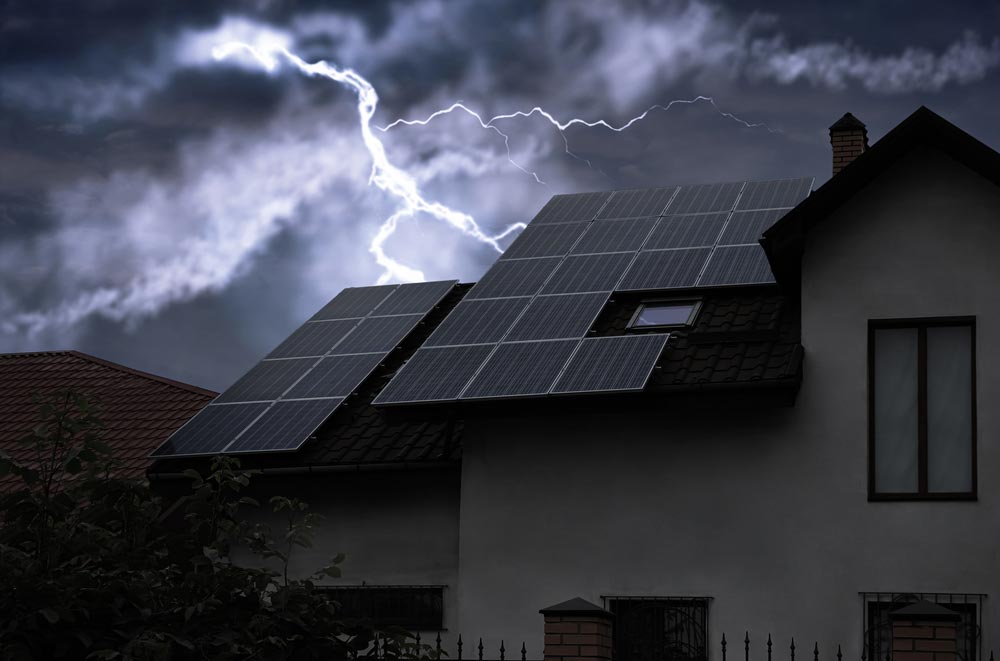We live in a time when people are more concerned about the environment, and there are more cost-effective solutions than ever. The choice between solar panels and traditional electricity has been a topic of significant debate, and the number of people adopting solar panels has been steadily increasing.
One of the biggest obstacles for homeowners who are thinking about installing solar panels is the upfront cost. You may be asking yourself if it’s worth the investment, but the benefits of going solar go far beyond their initial cost. There are many incentives that will help to lower the price, so there has never been a better time to go solar.

How Solar Panels Work
The sun releases energy in the form of light and heat, which solar panels can capture to create power. This renewable energy source is not only in abundant supply but can also be used anywhere. A solar system has several parts. The most visible are the solar panels, which are usually mounted on the roof. These panels have photovoltaic (PV) cells that can convert sunlight into direct current (DC) electricity. An inverter changes this DC electricity into alternating current (AC) electricity, which is what’s used by most home appliances.
When sunlight hits the PV cells in a solar panel, it causes electrons in the cells to move, which creates an electrical current. This process is often referred to as the “photovoltaic effect.” The inverter will take this current and convert it into power that can be used in your home. Any excess power can be sent back to the grid, or it can be stored in batteries.
The Benefits of Solar Panels
One of the biggest advantages of solar panels is the amount of money you can save on your energy bills. By generating your own electricity, you can reduce the amount you need to buy from your utility company. This can save you a lot on your electricity bills, especially since energy costs have been steadily increasing. Because they produce clean and renewable energy, they can have a more positive environmental impact.
Solar panels can also be a great long-term investment. They don’t require a lot of maintenance after they have been installed, and they can last for 25 years or more. You can enjoy the benefits of having lower energy bills for many years, which makes it a smart financial decision. They can also increase the value of your home, so it can be a worthwhile investment beyond just energy savings.
How They Compare to Traditional Power Sources
Traditional power generation usually involves the burning of fossil fuels (such as coal, oil, and natural gas) to create steam, which drives turbines that are used to generate electricity. While this process is effective, it has several downsides.
The costs associated with traditional power will usually increase over time. Fossil fuels aren’t renewable, so their supply decreases as demand grows. This will, in turn, cause the price of these products to increase. Utility bills can also fluctuate according to the price of these fuel sources, which can lead to unpredictable energy costs for consumers.
Burning fossil fuels can release large amounts of carbon dioxide and other pollutants into the atmosphere, so it can have a significant impact on the environment (including air pollution and a number of health problems). Solar panels can give consumers access to a cleaner and healthier alternative by generating electricity without producing harmful emissions.

What to Consider Before Getting Solar Panels
Getting solar panels can come with a large upfront cost, but there are financing options that can ease this burden. You can purchase a system outright, lease it, or get a solar loan. There are also government incentives and tax credits that can help you to reduce your initial investment.
The installation process for solar panels is pretty straightforward, but it requires careful planning. The condition of your roof will need to be evaluated to make sure it’s suitable for a solar panel installation. Once a plan has been approved, professional installers will mount the panels and connect them to your home’s electrical system. This process usually takes a few days to complete.
The maintenance requirements for solar panels are minimal. They don’t have any moving parts, so there isn’t a lot that can go wrong. Regular cleaning and occasional checks are usually enough to keep them running at optimal levels. Because they can last for 25 years or more, solar panels can be a good long-term investment.
If you’re looking for one of the best places for solar panels in Corpus Christi, be sure to reach out to Solar Power Integrator.

